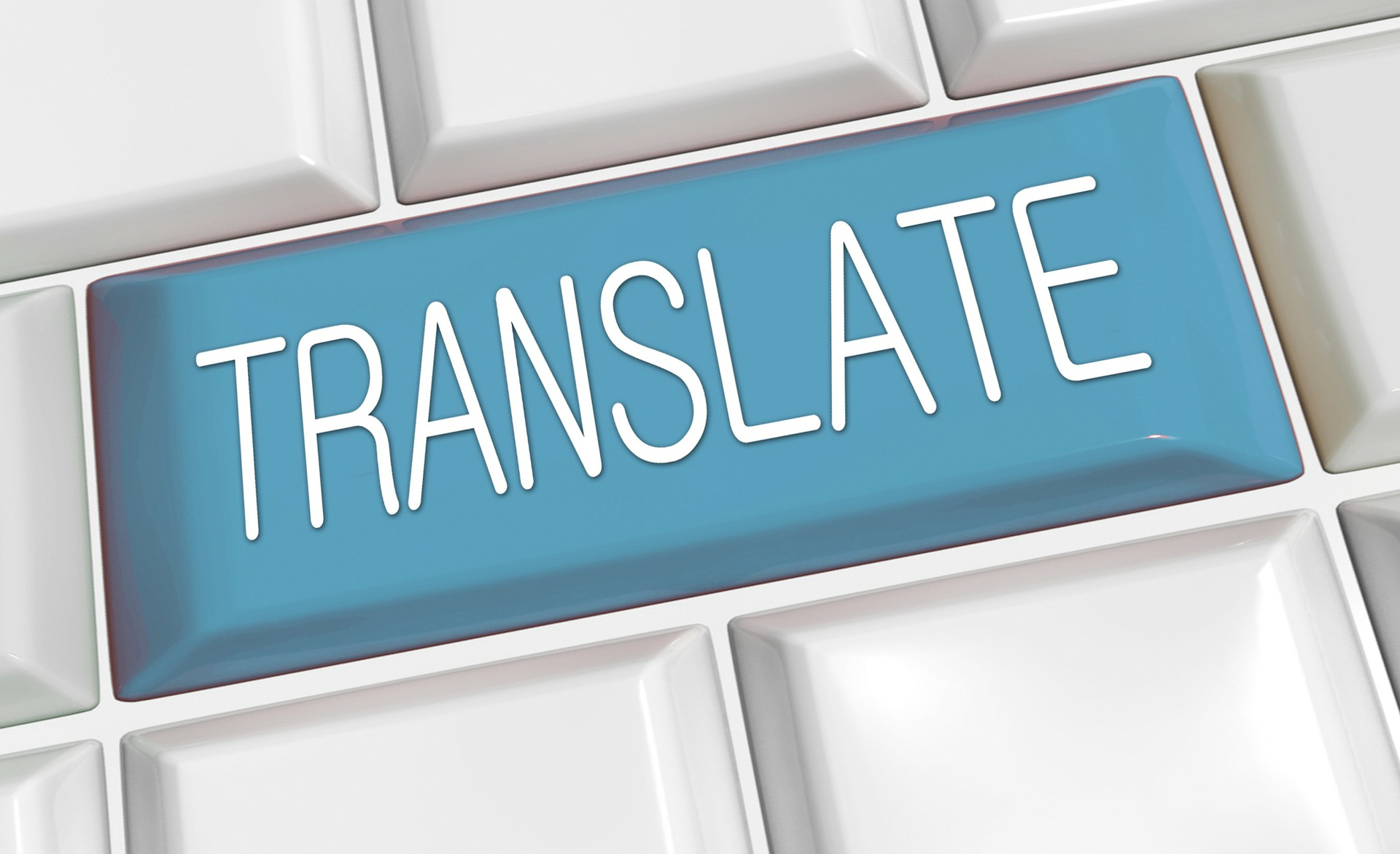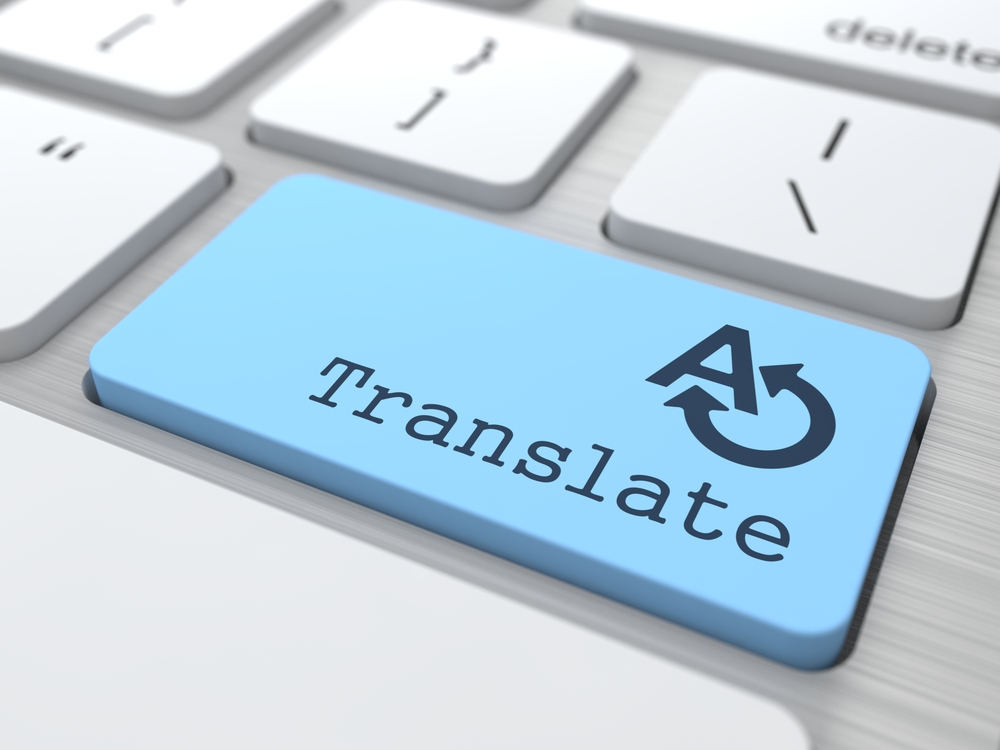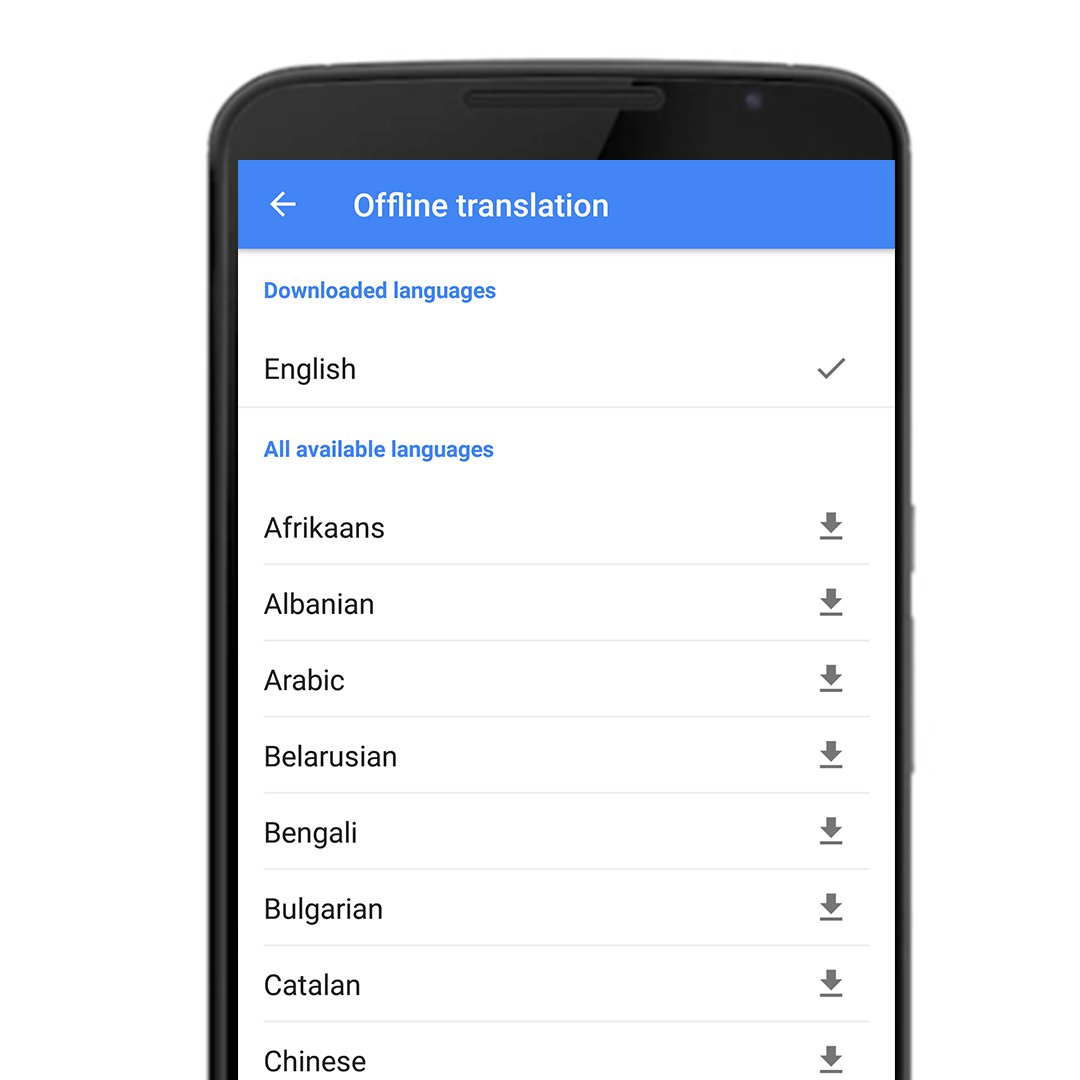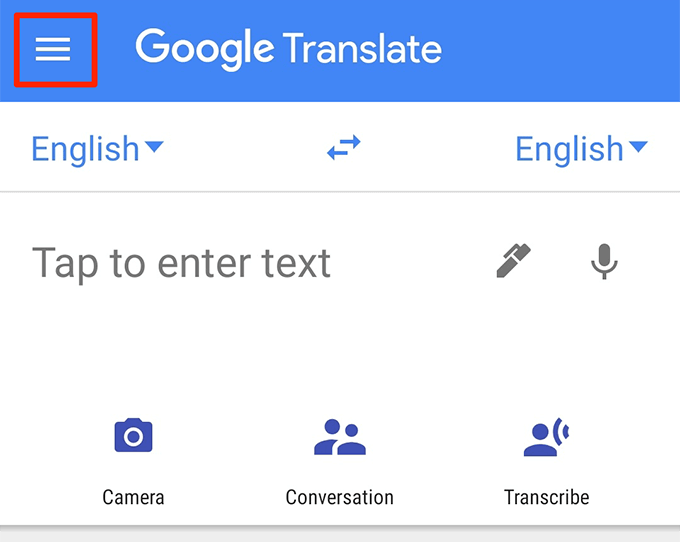Table of Contents
- 如何設定翻譯Outschool全英語網站
- 英語から日本語への翻訳承ります - ランサーズ
- 翻訳校正とは?対訳校正とネイティブ校正について解説! | 翻訳サービス会社FUKUDAI
- How to Unblock a URL: Solutions for URL Block Errors
- カナダの「求人・アルバイト」一覧 | 転職・就職ならカナダ掲示板
- 693+以上の無料翻訳画像
- 「翻訳 - 今すぐ翻訳」 - iPhoneアプリ | APPLION
- Google翻訳:移動中の翻訳 - Google News Initiative
- Google翻訳:移動中の翻訳 - Google News Initiative
- グーグル、翻訳アプリにリアルタイム音声翻訳とカメラ翻訳を追加すると発表――近日中に配信開始|携帯総合研究所



What is Text Translation?



Benefits of Text Translation



Types of Text Translation
There are several types of text translation, including: Machine Translation: Automated translation using software, such as Google Translate. Human Translation: Translation performed by professional human translators. Hybrid Translation: A combination of machine and human translation, where machines provide the initial translation, and humans review and edit the output.
Applications of Text Translation
Text translation has a wide range of applications: Website Translation: Translating website content to reach international audiences. Document Translation: Translating documents, such as contracts, manuals, and reports. Marketing Translation: Translating marketing materials, such as brochures, ads, and social media content. Education and Research: Translating academic papers, articles, and educational resources. In conclusion, text translation is a powerful tool that has revolutionized the way we communicate across languages. With its numerous benefits, types, and applications, text translation has become an essential component of international communication. Whether you're a business looking to expand globally or an individual seeking to connect with people from diverse linguistic backgrounds, text translation can help you break language barriers and achieve your goals. By leveraging the power of text translation, we can foster greater understanding, cooperation, and exchange between nations and cultures, ultimately creating a more interconnected and harmonious world.Keyword density: text translation (1.5%), language (0.8%), translation (1.2%), global (0.5%), communication (0.8%)
Note: The keyword density is an estimate and may vary based on the actual content and search engine algorithms.